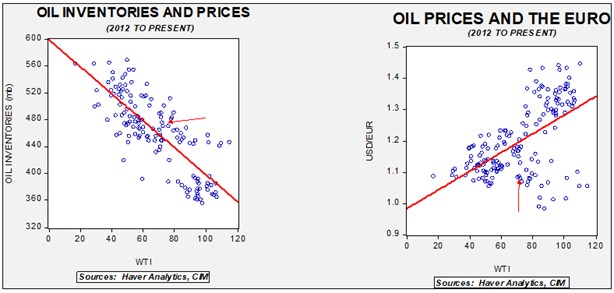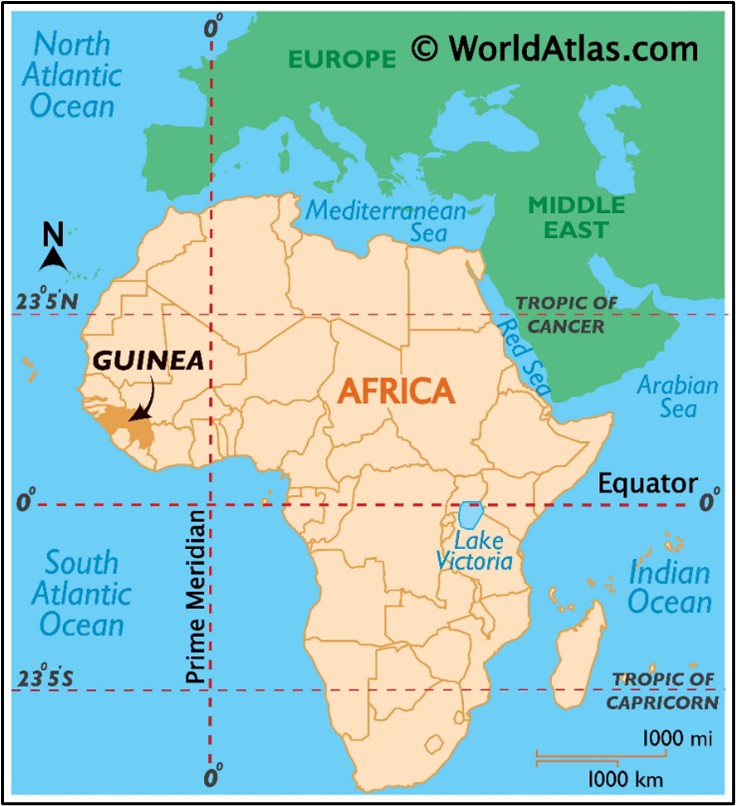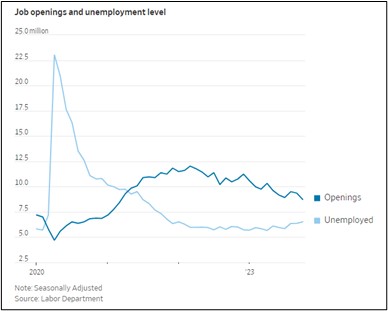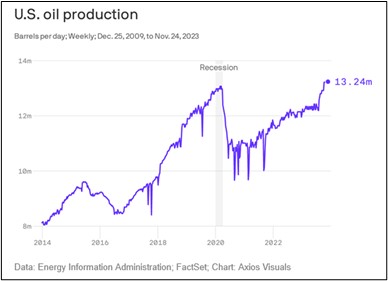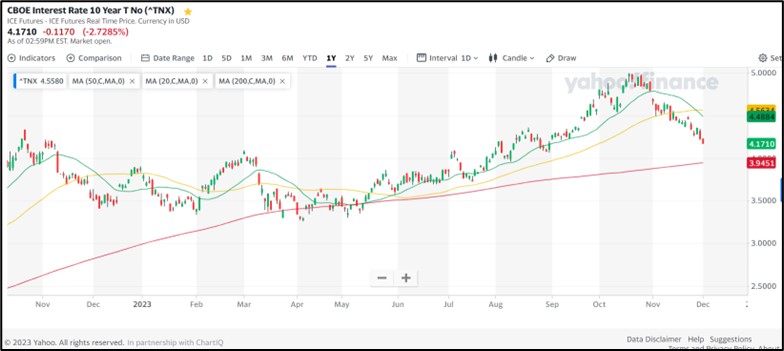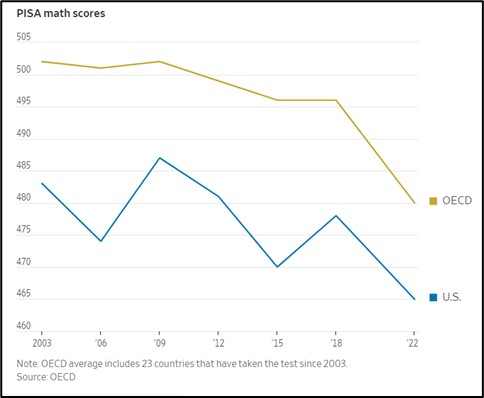by Patrick Fearon-Hernandez, CFA, and Thomas Wash
[Posted: 9:30 AM EST] | PDF
Note to readers: the Daily Comment will go on holiday after today’s Comment and will return on January 2, 2024. From all of us at Confluence Investment Management, have a Merry Christmas and a Happy New Year!
Our Comment today opens with new research on the challenges facing emerging markets because of today’s high interest rates and strong dollar. We next review a wide range of other international and U.S. developments with the potential to affect the financial markets today, including more signs of a potential future wind-down in the Israel-Hamas conflict and new data on U.S. population growth.
Global Emerging Markets: According to the World Bank’s latest International Debt Report, the strong dollar and aggressive interest-rate hikes by advanced countries’ central banks have created severe financial distress among low- and middle-income countries. For example, the report identifies 18 sovereign debt defaults by 10 different countries in the last three years, exceeding the total number in the previous two decades.
- Excluding China, the report says external debt among low- and middle-income nations now stands at 33% of gross national income, down a bit from the previous year but still much higher than the 26% of GNI one decade ago. Also excluding China, interest costs have risen to 1.06% of GNI from 0.94%, siphoning budget funds away from domestic uses and making it harder to service the debt.
- The report says that if the top central banks keep interest rates “higher for longer,” as we expect, more poorer countries will face default in the coming years.
Israel-Hamas Conflict: The Wall Street Journal today reports that there is a growing rift between Hamas’s political leaders based in Qatar, who want to end the group’s war with Israel, and its administrative and military officials in Gaza, who want to keep fighting. Importantly, the Hamas political leaders have been talking with other Palestinian factions in the broader Palestine Liberation Organization about postwar governance in Gaza. The talks add to other evidence that the endgame of the war is coming closer.
China: The province of Guangdong and two of its municipal governments have set up a new $1.5-billion fund to invest in the local semiconductor industry, just as Shanghai set up a similar fund in 2016. Supplementing the central government’s “Big Fund,” the provincial funds illustrate how lower-level governments in China are encouraged to help achieve the goals set out by top leaders, including the rapid development, resilience, and self-reliance of the country’s advanced semiconductor industry.
European Union-China: The European Commission announced today that it is launching an anti-dumping investigation into Chinese biodiesel imports. According to the Commission, EU companies have submitted evidence that biodiesel imports from China are coming into the EU at artificially low prices that local companies can’t compete with. The probe further illustrates how the EU is now taking a more skeptical, confrontational approach to China, aligning it more closely with the U.S.
India-United States: In an interview with the Financial Times, Indian Prime Minister Modi for the first time responded to U.S. allegations that Indian agents tried to assassinate an expatriate Sikh separatist on U.S. soil. However, Modi appeared to play down the allegation, promising that his government would “look into” any evidence the U.S. provided and insisting that relations between the U.S. and India will continue to strengthen despite “a few incidents.”
- Modi’s nonchalant response suggests he wants U.S.-India relations to keep strengthening as both sides seek to counter China’s increased geopolitical aggressiveness.
- For investors, closer relations between the U.S. and India will likely help open up opportunities in the Indian financial markets.
Colombia: The central bank cut its benchmark short-term interest rate to 13.00% yesterday, after keeping it at a nearly quarter-century high of 13.25% since May. According to Banco de la República Governor Leonardo Villar, he and five board members voted in favor of the rate cut, while two voted against. With the rate cuts, Colombia now joins other South American countries, including Brazil and Peru, that have begun to ease monetary policy.
France: The lower house of parliament yesterday approved President Macron’s proposed immigration reform, but only after he toughened its restrictions enough to attract the votes of right-wing populists. The move sparked defections from scores of liberal legislators in Macron’s own coalition, potentially portending political instability in France in the coming months.
- The French bill increases the government’s power to deport foreigners and limits access to welfare and citizenship to dissuade asylum seekers from coming.
- More broadly, the U.K. and several other European countries are also tightening immigration restrictions as the region faces its biggest wave of migrant arrivals in years.
- Even in the U.S., right-wing populist Republicans have forced President Biden into negotiations to tighten refugee and immigrant rules as the price for his proposed bill providing more military aid to Ukraine and other U.S. allies.
- The tightened rules reflect the extent to which citizens in the developed Western countries are angry at the disruption and social change they perceive in times of mass immigration. Right-wing populists have responded to that anger throughout the West, forcing more traditional, centrist parties to tighten the rules.
United States-Mexico: Citing the need to shift personnel to handle the current wave of migrants coming across the southern border, U.S. Customs and Border Protection closed the railway bridges this week at Eagle Pass and El Paso, Texas, which respectively rank as the second and fourth busiest freight rail crossings with Mexico. Shippers and railroad industry groups warned the closures could disrupt more than one-third of U.S.-Mexican rail traffic, hitting industries from automobile manufacturing to farming.
U.S. Population Growth: The Census Bureau has released an estimate that the U.S. population grew 0.5% this year, reaching 334.9 million as of June 30. The growth this year marked a slight acceleration from the 0.4% increase registered in 2022. That has helped keep the U.S. among the better-growing developed countries, many of which are seeing declines in their overall populations and work forces because of falling birth rates and higher average ages.
- Of course, the U.S. is also facing those challenges. As a result, there were only about 504,000 more births than deaths in the U.S. over the last year.
- The big difference for the U.S. is that it attracts so many immigrants. According to the Census Bureau, net migration into the U.S. came to 1.1 million over the last year. That means immigration accounted for about 70% of U.S. population growth in 2023, versus about 40% a decade ago.



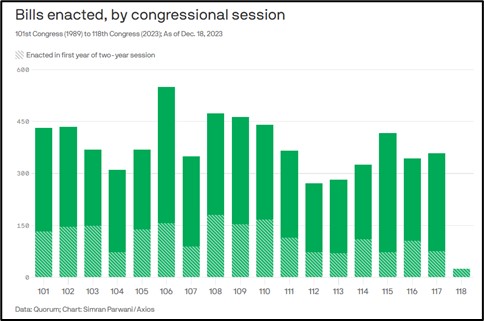
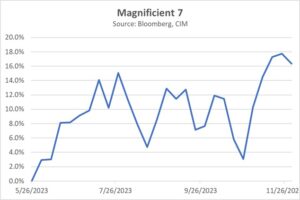
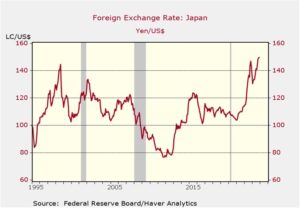
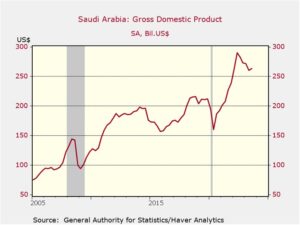
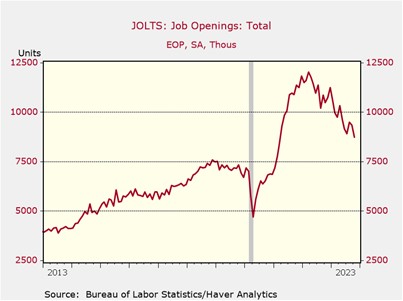
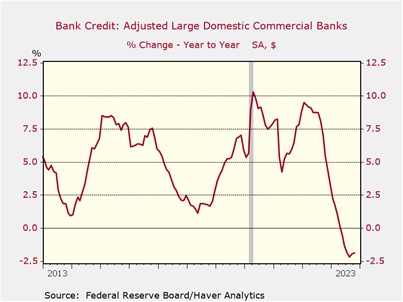
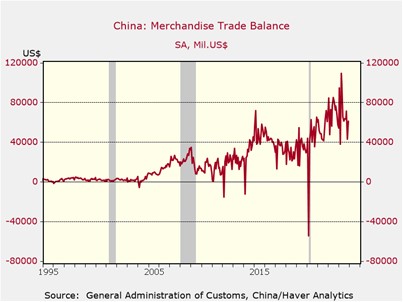
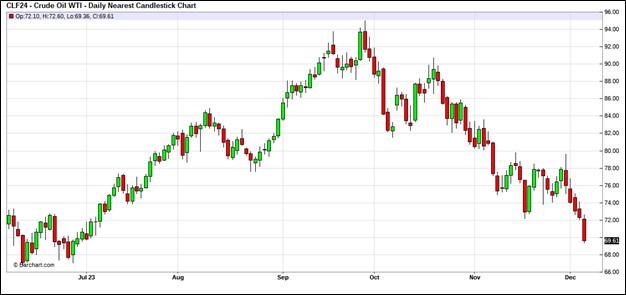 (Source: Barchart.com)
(Source: Barchart.com)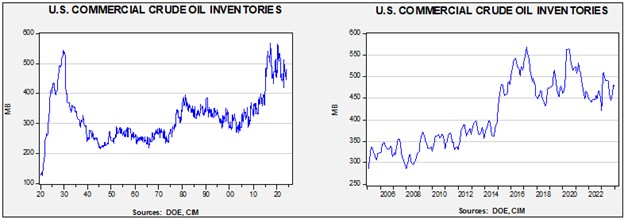
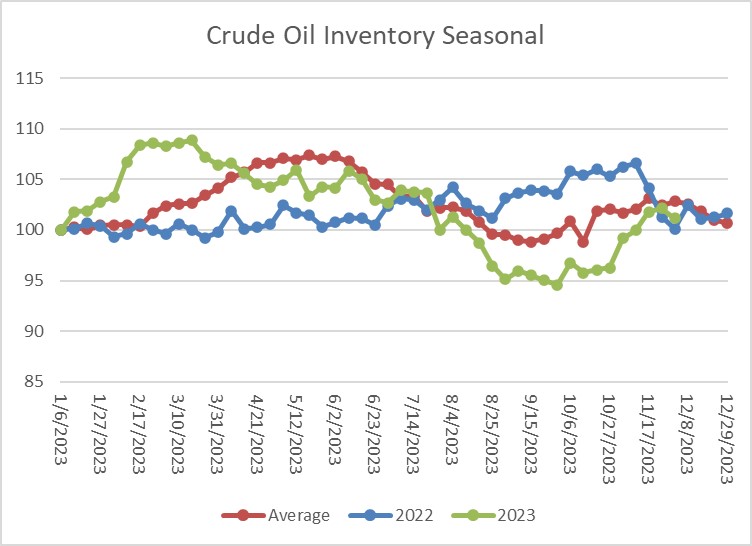 (Sources: DOE, CIM)
(Sources: DOE, CIM)